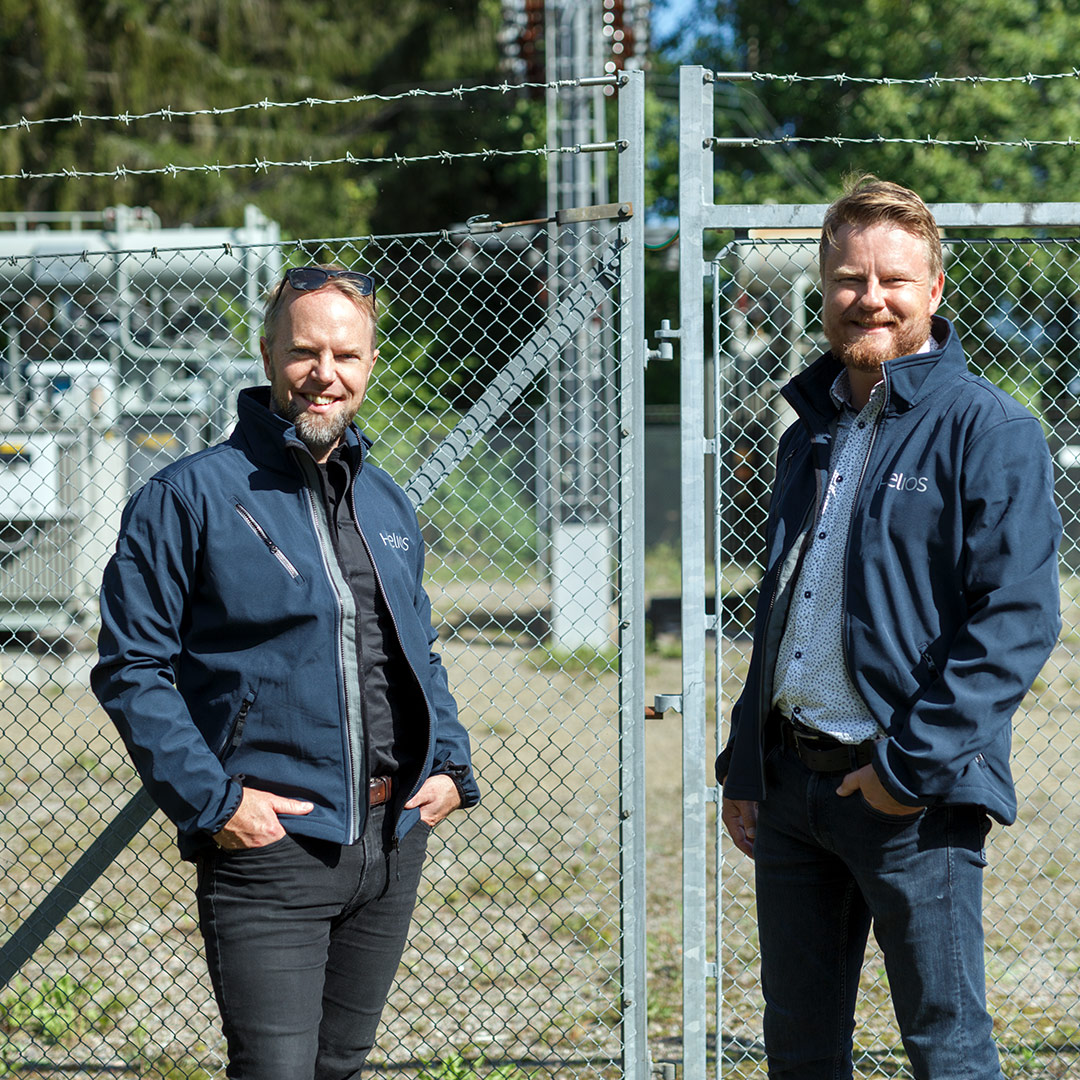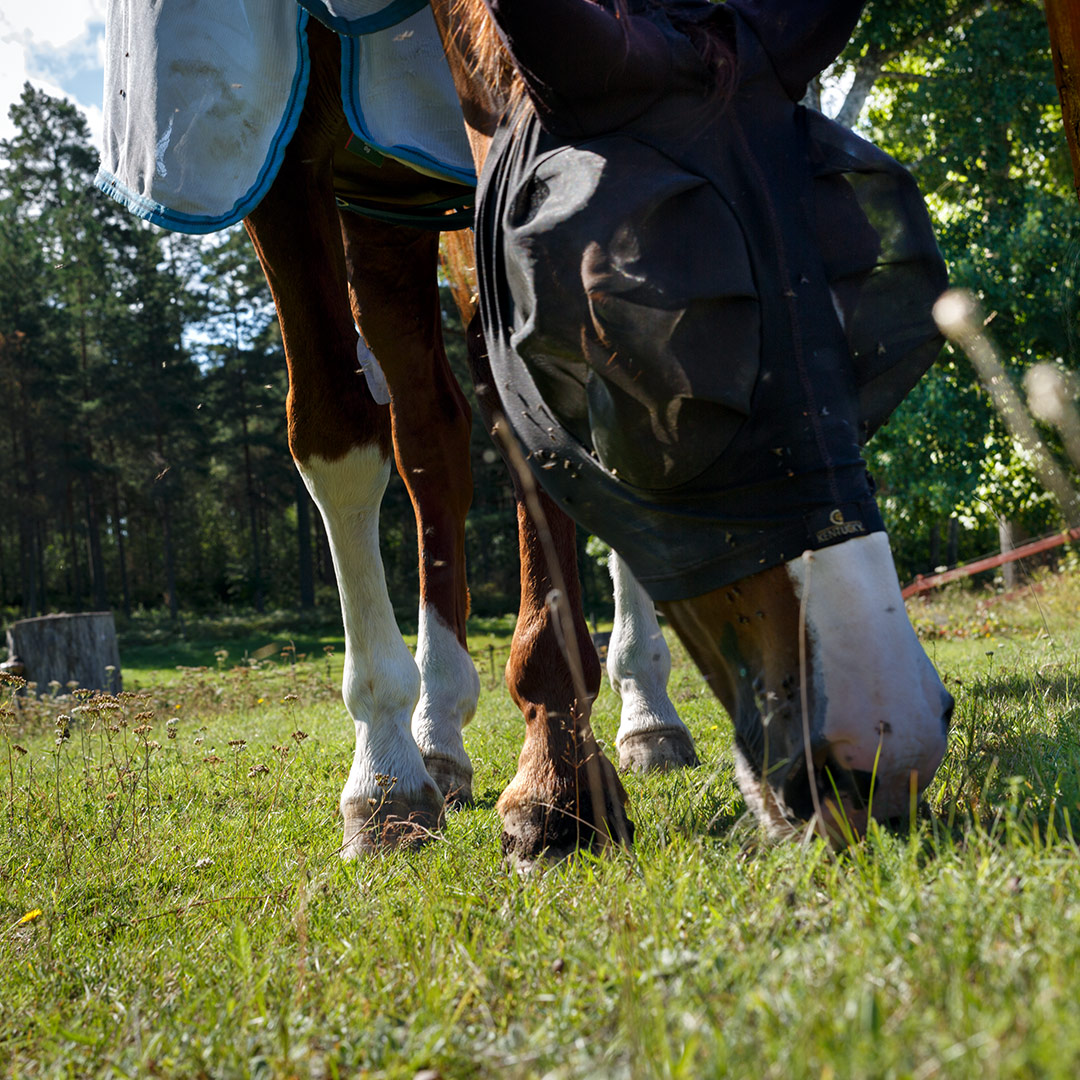Why lease your land?
Leasing land to us will provide you, as a landowner, with a stable, long-term income, while also helping to expand the production of renewable electricity. Leases normally run for 45 years, with a competitive, index-linked annual lease fee from day one. At the end of the lease period, the solar farm is dismantled and the land restored.
There are other positive effects from a solar farm in addition to the lease income. For instance the facility can be combined with sheep pasture, or to increase biodiversity the farm and surrounding area can be planted with e.g. wildflowers, providing an ideal habitat for our severely threatened pollinators (such as honey bees, bumblebees, butterflies and so on).











